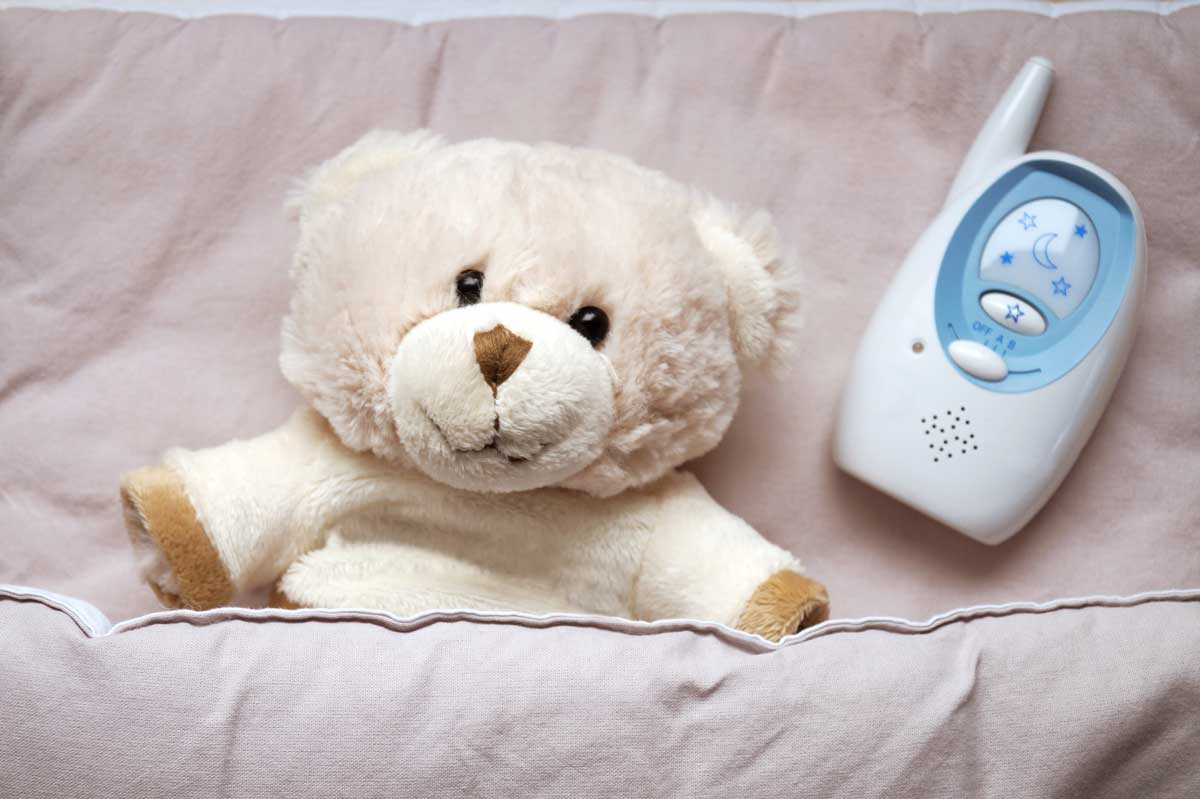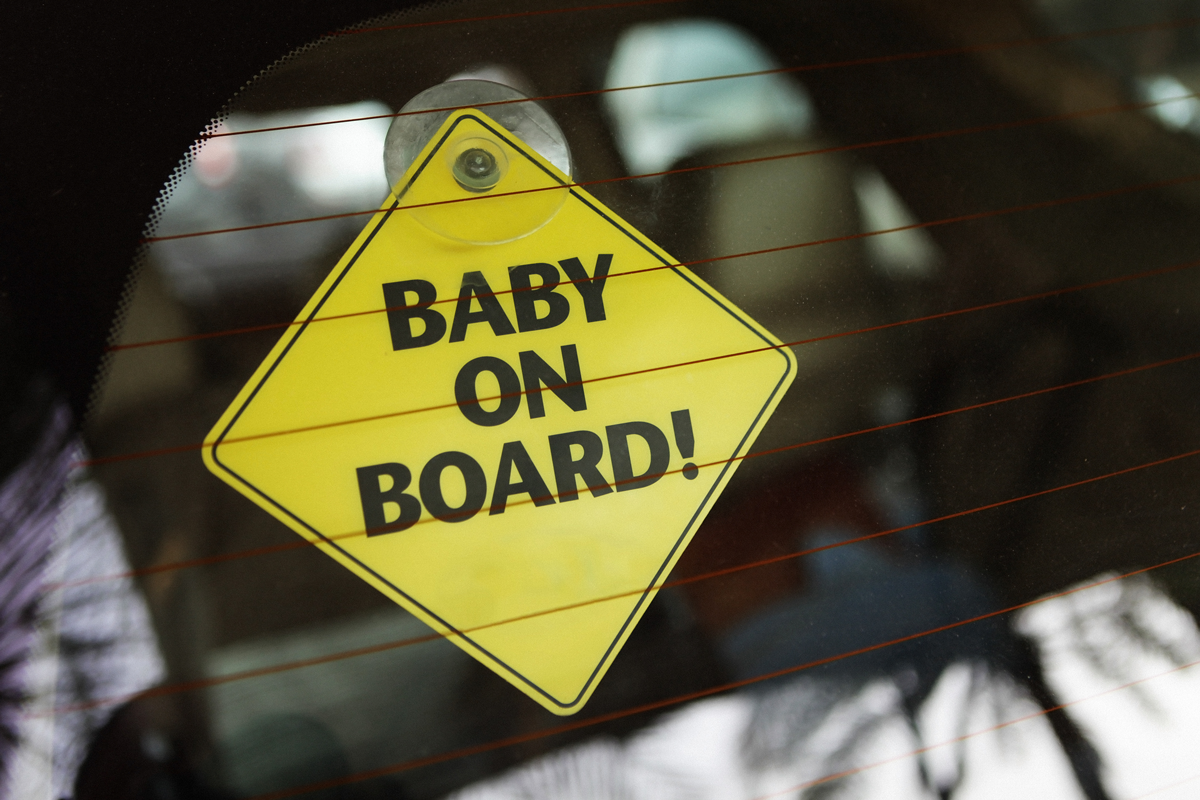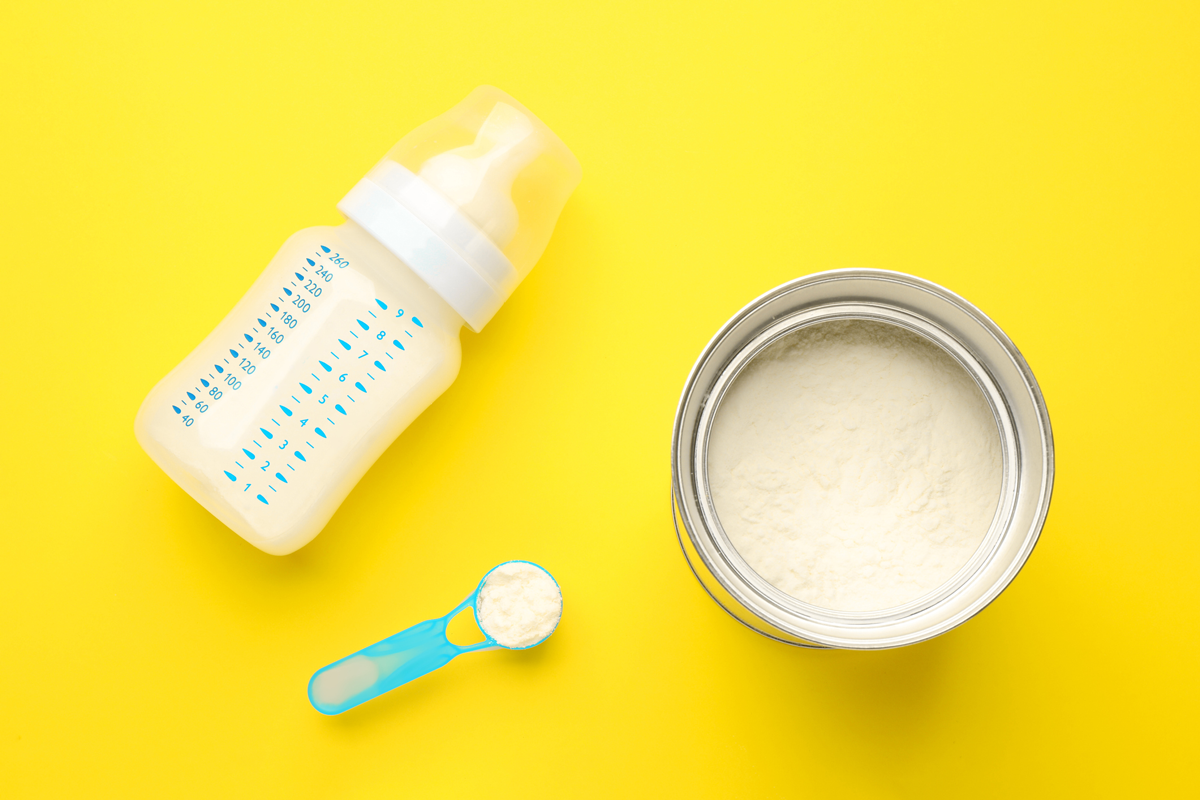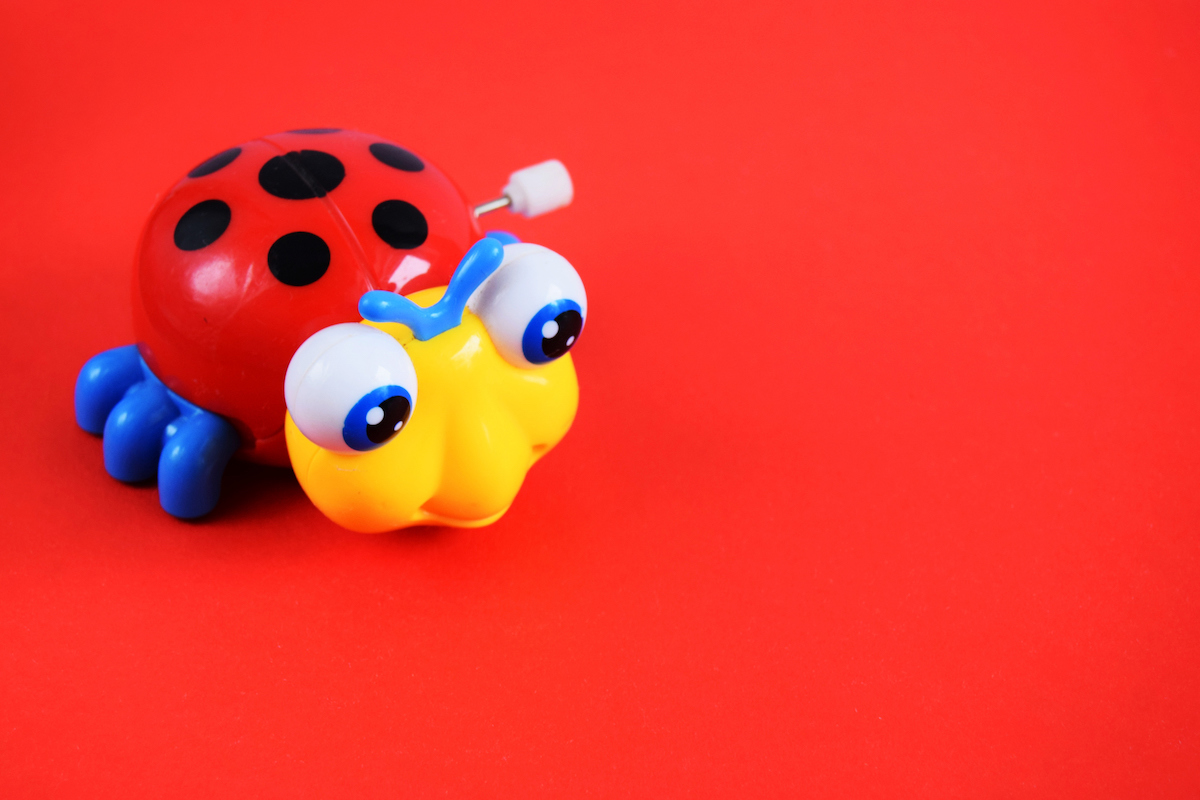When I was pregnant with Penelope, Jesse and I got a list of stuff we needed that had been passed down through many female economists. It was both useful and had a possible hint of aspiration. Perhaps all I needed to be as productive as Susan Athey and Amy Finkelstein was that particular rocking chair (this was not correct).
We got most of the stuff on the list, as I recall, but when Penelope arrived it was still somehow not quite right. We had many things we didn’t need (a bottle warmer) and yet were somehow missing items that seemed crucial in the moment. Or, as Jesse put it in his notes from the first week of Penelope’s life: “Every day, approximately 7 packages arrived from Amazon. Still, we were undercapitalized on various things.”
One of the hallmark experiences of expecting a new baby is the advice about what you need. Of course, if you bought everything that everyone says you need, you’d need several storage units. So here at ParentData, we are trying to make it a little easier by sourcing information more broadly and trying to get to what you really need, and what you can maybe skip.
I did a survey. My thanks to the approximately 1,400 of you who contributed, sharing your answers to just two questions:
- What was the one best thing you got — the best! Just one! Can’t-live-without item.
- What was the one thing you wish you’d skipped?
I also let people weigh in with some general advice, which is priceless and we’ll get to at the end.
First: some data.
The best and worst baby products
As you might imagine from the open-ended prompt, people responded with a wide variety of answers. Many things were idiosyncratic. For one person, their best thing was “disco lights from Amazon.” Honestly, that sounds amazing, and I bet this person’s baby is incredibly cool. But also, it’s not a universal must-have.
What I did to start to pull the signal from the noise is summarize the top 16 categories in the “best” and “worst” questions. This required a little re-coding — in most cases, I tried to pull generics out from brand names, and I also fixed some creative spelling (trust me, I am not judging that). Even with this, many things did not fit into these categories. About 35% of the “best” and 44% of the “worst” were uncategorized. I’ll say a bit about those below.
First, though, here is a pie chart of the best.
The most popular category here was a carrier or wrap, followed by a bouncer (this was mostly the BabyBjörn bouncer). Sound machines, swaddles, and the SNOO also feature. Most of these I found unsurprising, although I would not have predicted the popularity of the butt spatula/brush for putting on diaper cream.
Here’s the pie chart of the worst.
One thing you will immediately notice is that there is a lot of overlap. Bouncers, pillows, monitors, gyms, and more — they all appear here too. This is not surprising. No one likes all baby things! If something is more popular, it’s going to be more likely to appear on both “love it” and “hate it” lists. What is perhaps more notable are the items that appear here that do not appear in the best. Example: warmers, for anything. (I feel so vindicated!) Another is “outfits” — this is a catchall for any type of fancy clothes or shoes designed to make your baby look like an adult. Point taken. These are a waste.
An interesting way to look at these data together is to look at the ratios. If we accept that something that is owned widely will attract both lovers and haters, what we really want to ask is which items attract a lot of love and less hate, and vice versa.
To summarize that, I take all of the categories that appear in the top 16 for either the best or the worst and calculate the ratio of share of people who say this was the “best” to the share who say this was the “worst.” A high value for this ratio implies a lot of love relative to hate; a low value implies the converse. The graph below shows these ratios.
On the top are carriers, sleep sacks, sound machines, and the Baby Brezza — things that many people like and few people say they regret. On the bottom we have fancy outfits, any kind of warmer or sterilizer, and general “stuff for the bath.” The midpoint is the breastfeeding pillow. About as many people say they thought this was the best as indicate it was the worst. Go figure!
Beyond these categories, there were so many things that individual people either swore by or hated. On the best list: electric nail clippers, a lollipop camera, baby-wearing shirts, a Dyson hand vacuum. On the worst: baby mittens (almost made the cut for one of the top 16), scrapbooking material (yeah, right), anything with snaps. These whole lists are proof that, first, you’ll definitely buy at least one thing that later you’ll think was a waste and, second, your can’t-live-without item may be something totally random.
Advice about what to buy for a baby
People weighed in with great advice. Let me try to summarize.
First: You absolutely need less stuff than you think. Start with the basics — a few onesies, some diapers, a car seat, and a crib. As one person said: “You don’t need that much to start with (bassinet, onesies, diapers, burp clothes). Add as they grow. The Amazon Prime delivery person will become your new best friend.”
A version of this was the #1 comment by a wide margin. Wait to buy. Slight variation: “Buy as few specialized things as possible. If you think you need something, wait five days to buy. You’ll likely pass (once you get a little sleep, eat, and stop looking at algorithm-fed ads preying on you).” This resonates with me. Many things on the internet say they will make your life easier, but most of them will not (looking at you, gripe water).
Second: Get stuff used if you can. Many items (especially things like a Moses basket, or anything for infants) get used for almost no time. Facebook has some great used-goods groups, and your friends are probably dying to get rid of things.
Third: For anything that is hard to set up, practice. This includes breast pumps and strollers. Don’t wait to figure out how the stroller folds up until you’re in the parking lot after your three-day doctor appointment. Just trust me on that one.
Fourth: Babies are variable in their likes, so many people recommended “trial sets” for things like swaddles, pacifiers, and bottles. “It’s better to not buy multiples of the same item in case your baby doesn’t like it. For example, instead of buying four of the same brand/style of swaddle, buy two different ones to try and order more when you know what they like. Same for bottles! My baby was very picky, and we went through five brands/styles of bottles before finding one that worked.”
And last, I’ll give a shout-out to the person who said this when asked about their top rec: “Do your books and newsletter and IG count? If not, Woolino sleep sacks! (Though I’m not sure of the data on merino wool products for infants).” I love that it ends with a caveat about data (yes, wool is fine).
The final word
From a reader, in summary: You’ll never feel “ready,” but you are.


















Log in